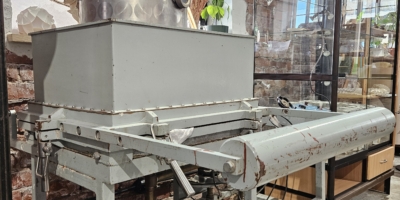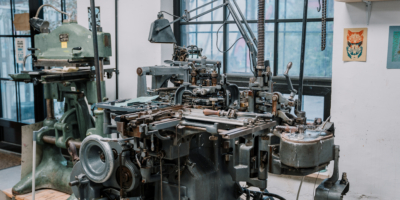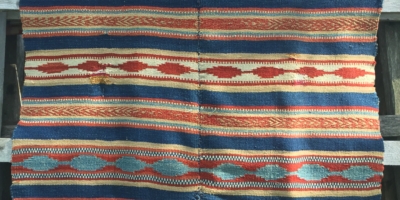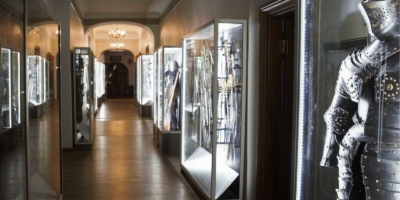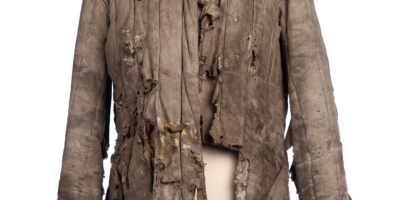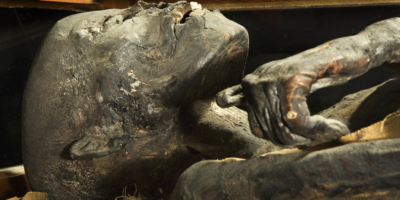 Read more
Read more
A syringe kit with morphine and cocaine for housewives

Estonian Health Museum’s collection includes a portable syringe kit dating back to the early 20th century. The kit comprises a stainless steel box, a syringe, two needles, and six vials containing strychnine sulfate, morphine sulfate, morphine/atropine, cocaine hydrochloride, physostigmine sulfate, and atropine sulfate tablets. The kit was manufactured between 1906 and 1908.
In the mid-19th century, morphine and cocaine were considered miracle drugs in the United States and Europe. They were added to food, cigarettes, ointments, powders, and even cough lozenges for children. Additionally, American doctors started prescribing morphine, other alkaloids, and cocaine more frequently to their patients, often without a severe medical indication.
These substances became particularly popular among upper- and middle-class women as remedies for “women’s troubles” such as nervousness, headaches, depression, and lethargy. The uncontrolled use of narcotic substances led to addiction in patients, and over time, drug addiction became an increasingly severe problem. In 1915, the United States implemented a law to regulate the production, distribution, and consumption of products containing opiates and cocaine, establishing national oversight.
Visit with a Museum Card

The Estonian Health Museum is located in an almost 600-year-old building in Tallinn’s old town. You will find an exciting…
Read more